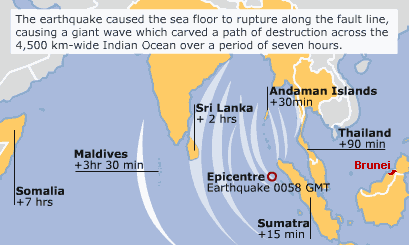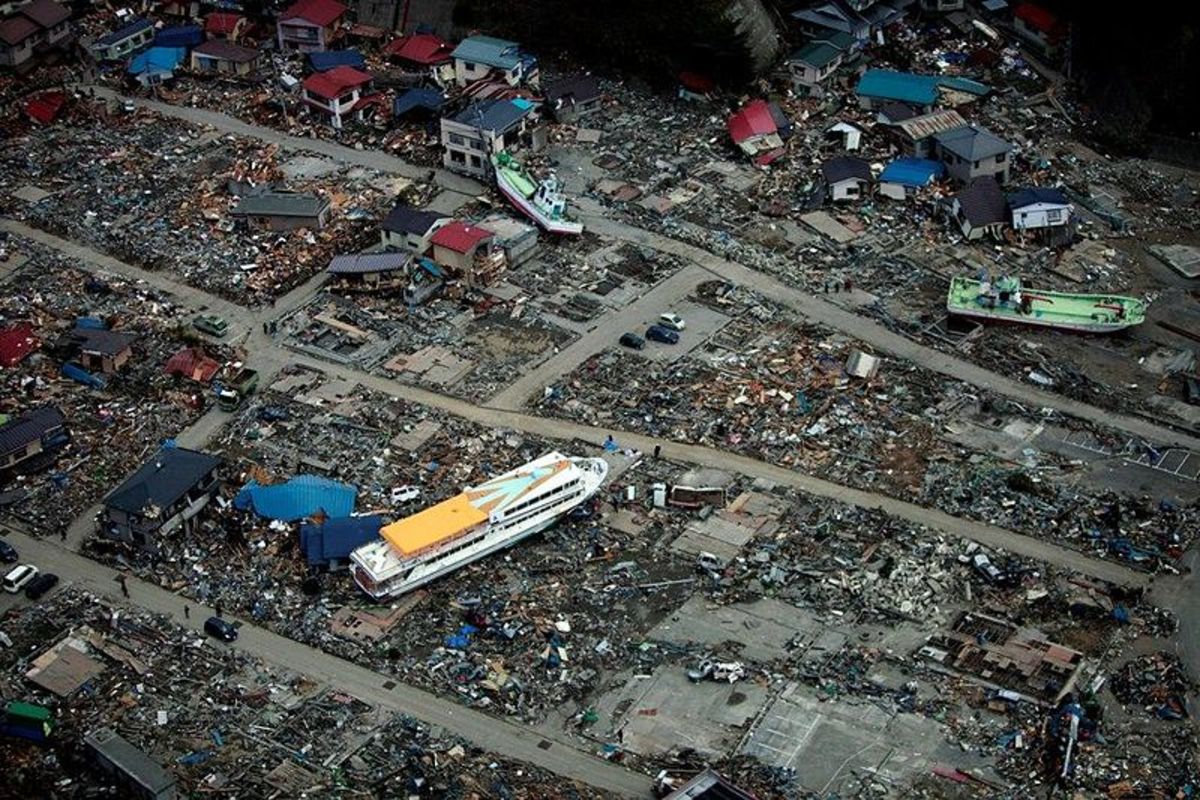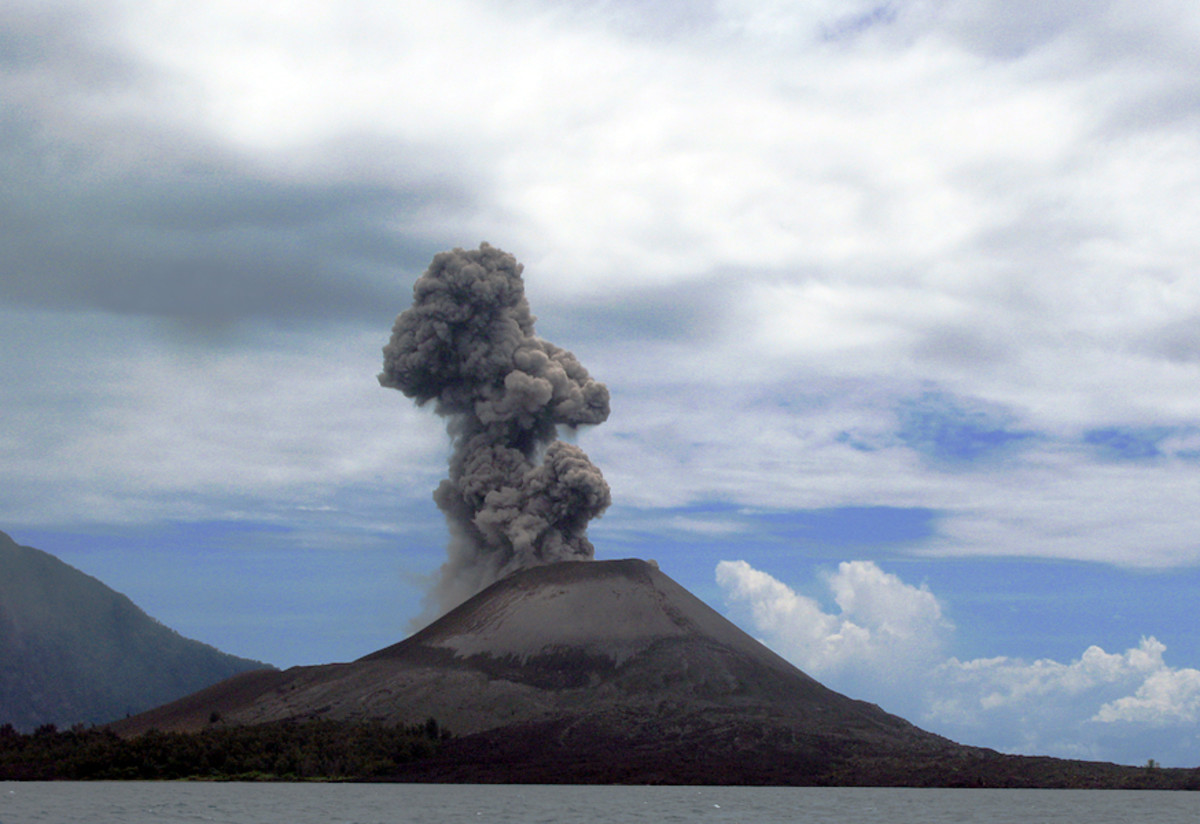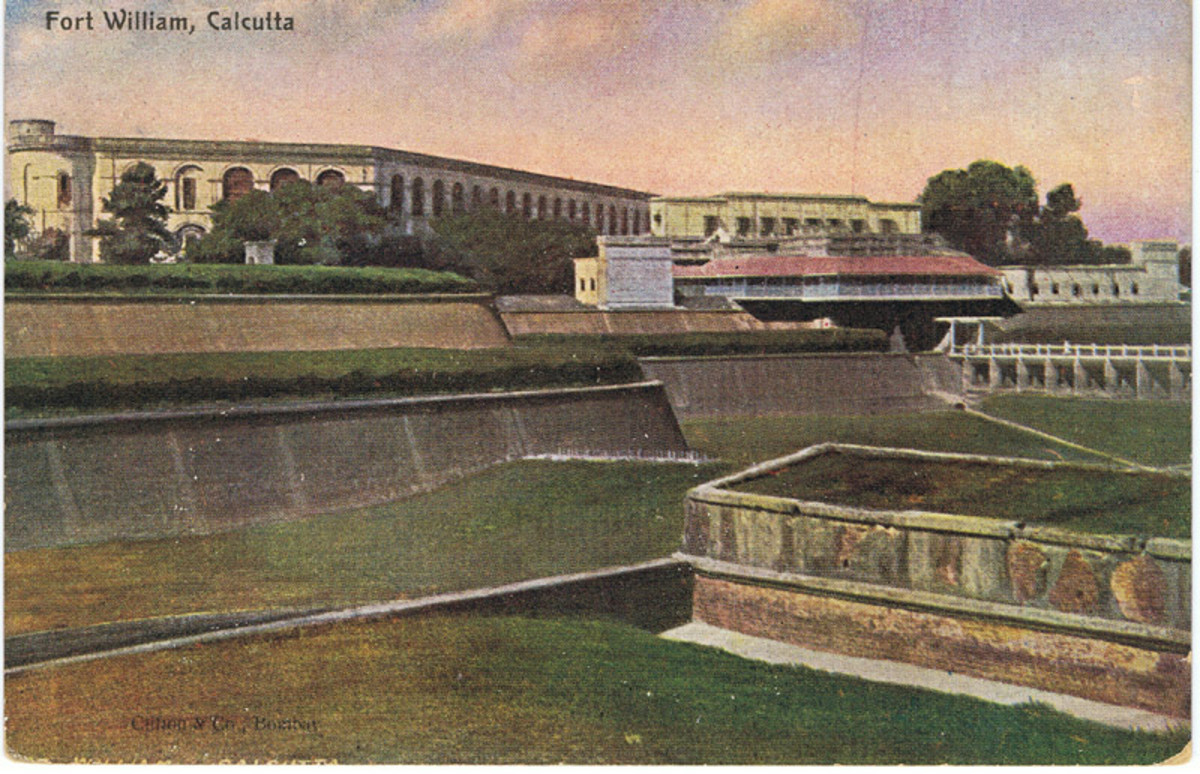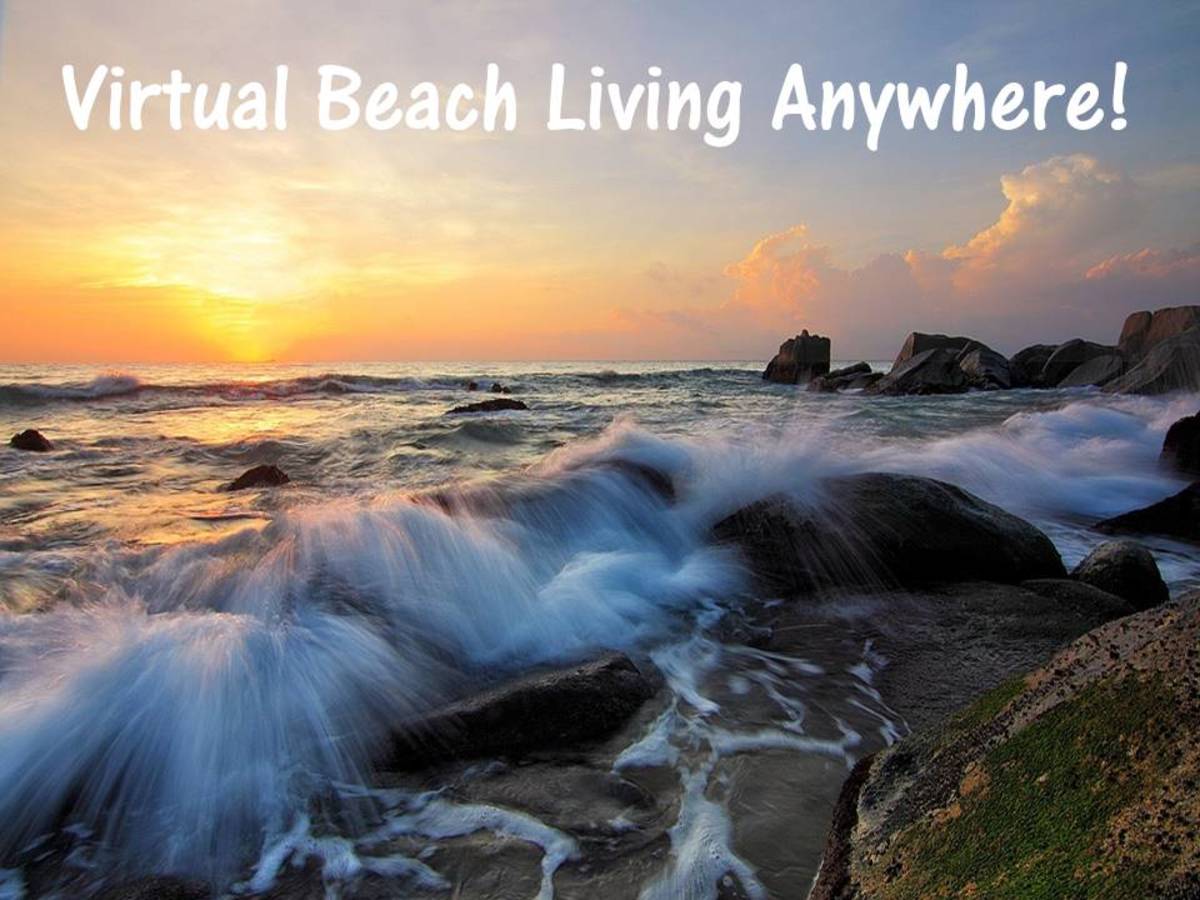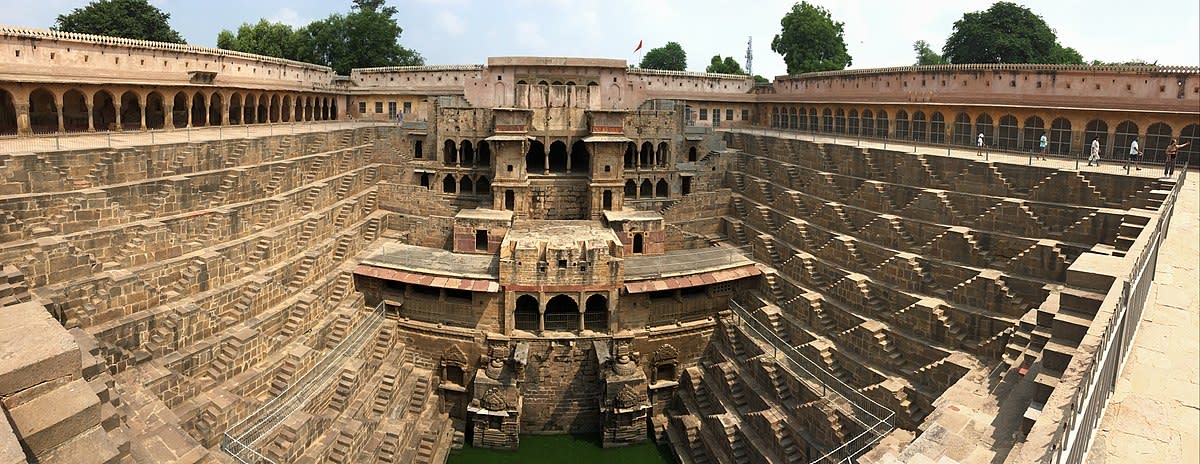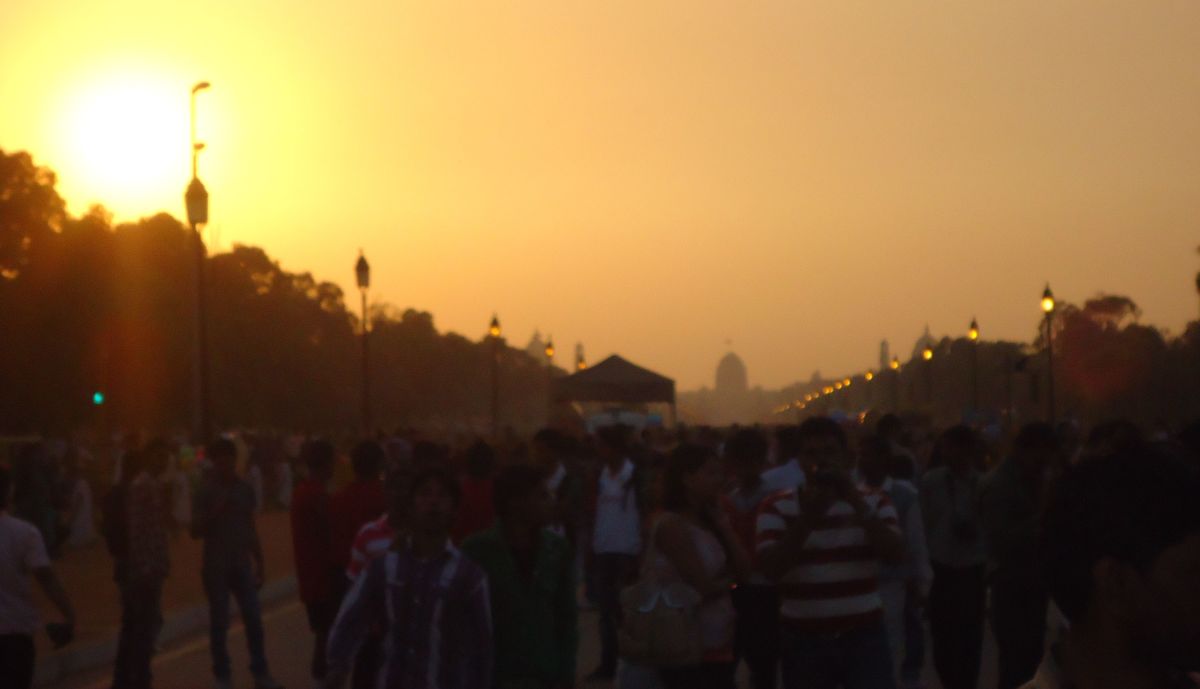- HubPages»
- Travel and Places»
- Visiting Asia»
- Southern Asia
The Indian Ocean Tsunami
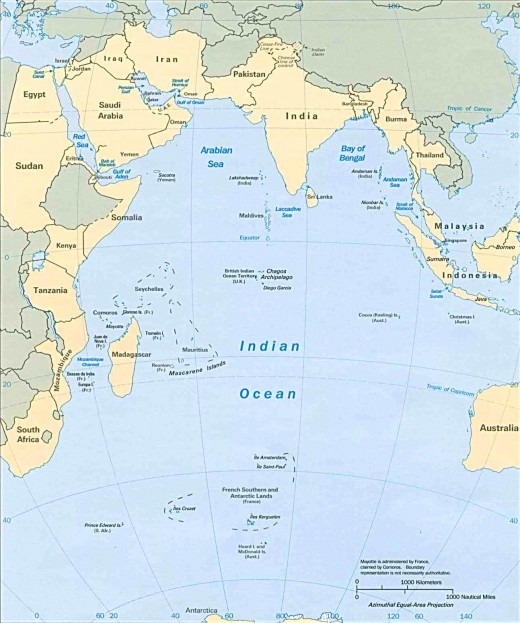
Year 2004.We had a great Christmas! The next morning, Dec 26th, being a Sunday, we were all just lazing around. We felt the ground shake a bit beneath us. Before we could realize, it was over! We relaxed. It was 6.30 am. The city was calm and basking in the aftermath of Christmas parties and celebrations of the previous day. The beach was filled with morning walkers, children playing cricket and ball and people just frolicking about. At about 7.30 am, we heard that a massive earthquake had struck ‘somewhere nearby’ and that we had felt the tremors of that high-intensity earthquake in Chennai, the east coastal city of South India. Being a holiday weekend, many had taken off to the beach resorts along the eastern coast as well.
Then,around 9 am, TV channels started announcing that water had entered the city, the Cathedral and all the buildings on the seashore! No one knew what was happening.The initial reports were not all that alarming. Then, it all started! The first news - 2 children hit by waves had died. In the course of the day, the total tally of 2 killed turned to 200 at the Chennai beach. Before noon we were informed that a Tsunami had struck! The death toll was rising steadily.The epicenter of the 9.3 magnitude earthquake, was 30 km deep in the Indian Ocean near the west coast of the Indonesian island of Sumatra. Within hours,killer waves radiating from the epicenter crashed into the coastline of 11 Indian Ocean countries.Indonesia (mainly in Aceh) ,Thailand, Andaman and Nicobar island, Maldives, bore the brunt of the tsunami while Sri Lanka and the southeast coast of India suffered huge causalities. Nicobar Island which holds the Indian Air Force station, from where India monitors the region was nearly wiped out. The east coast of South India near Chennai also has a nuclear power plant, that had to be shut down because of the tidal surges.
Ariel view of the Chennai beach after the Tsunami
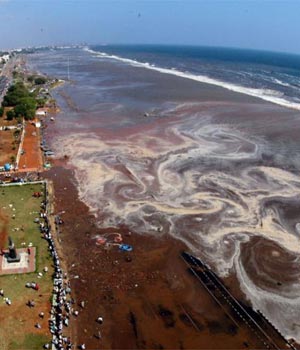
People in this part, had never experienced nor heard much about Tsunamis. So much so, when the water receded for about 1-2 kilometer, people were mesmerized at the phenomena and ran into the sea bed to collect shells and starfish. Excited people with a sense of adventure rushed on their motorbikes on to the sea bed as well. After receding for 1-2 kilometers, the water rose and huge waves about 30 feet high rushed back with a velocity speed of nearly 500 to 800 nautical kilometres an hour and slammed on the shore, swallowing everyone in its path while going back.
News started trickling in about how the morning walkers, revelers, children playing on the beach, many people on holiday at the beach resorts were all gone! Many fishing villages along the coast of Tamil Nadu were wiped out without a trace as well.The news of the human tragedy was overwhelming!
Velankanni Church
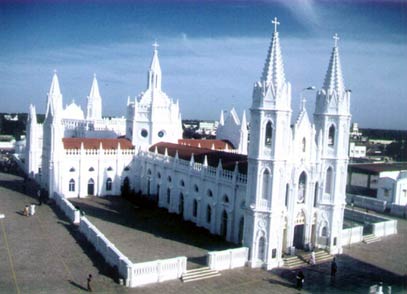
Further down south, in a small coastal village, Velankanni, lies the famous pilgrim church of Mother Mary known as ‘Our lady of Good Health’ or ‘Our Lady of Velankanni’ .This shrine draws around 20 million pilgrims annually from all over the country irrespective of their religion and creed. Since Dec 26th was a Sunday and the day after Christmas, there was a huge crowd at the church and at the beach near the church. When the tsunami struck, the killer waves entered the church and a large number of people were washed away by the waves along with everyone on the beach... Human tragedy knew no bounds.The shrine reportedly remained untouched.
By next day the enormity of the human tragedy along the path of this killer tsunami became clear and it was indeed heart rending.
The lone person,the boat and the killer waves
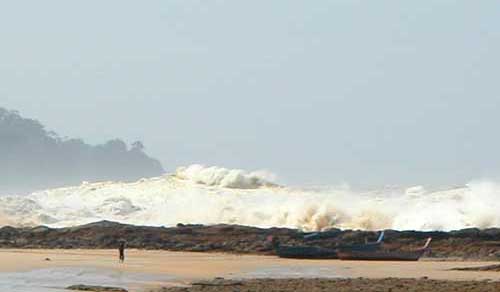
At Chennai beach after the Tsunami
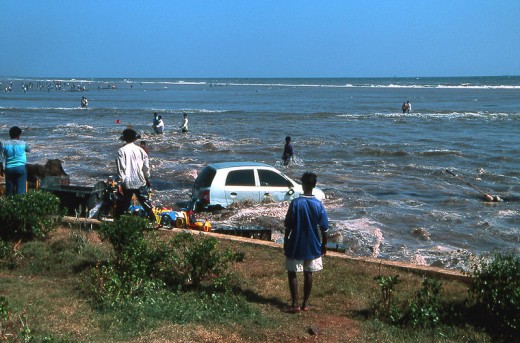
Unfortunately, the causalities were so high, because there was no tsunami warning system in the Indian Ocean basin like the one in the Pacific ocean.None of the countries most severely affected, including India, Thailand, Indonesia and Sri Lanka, had a tsunami warning mechanism or tidal gauges to alert people .While earthquakes cannot be predicted in advance, it was possible to give about 3 hours of notice of a potential Tsunami once the earthquake was detected it. Coastal dwellers were not educated to get to high ground quickly following tremors and waves. Most shoreline structures were not built to withstand the force of a tsunami and many people on the shores did not recognize or understand the warnings nature provided.Early warning is the only method of disaster risk management, disaster preparedness and vulnerability reduction.
It is believed that within 15 minutes of the earthquake, the Pacific Tsunami Warning Centre in Hawaii had sent an alert to 26 countries, including Thailand and Indonesia, but they were unable to contact the right people. Television and radio alerts were announced in Thailand only at 9am local time ,nearly after an hour the killer waves had struck.
The total energy of the tsunami waves was said to be about five megatons of TNT (20 petajoules) and it traveled as much as 3,000 miles (nearly 5,000 kilometers) all the way to Africa. The Indian Ocean Tsunami claimed 225,000 people in eleven countries, devouring people, drowning countless in their homes or on beaches and demolishing property. It was indeed the deadliest tsunamis by far in all of recorded history!
